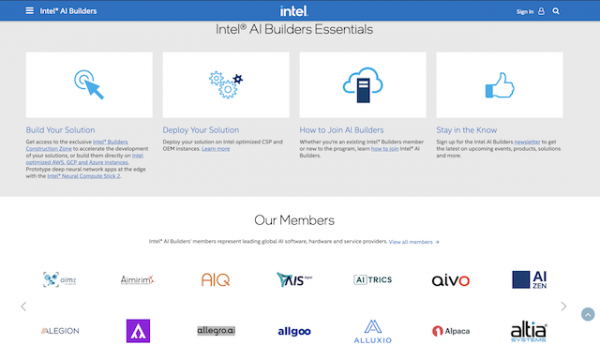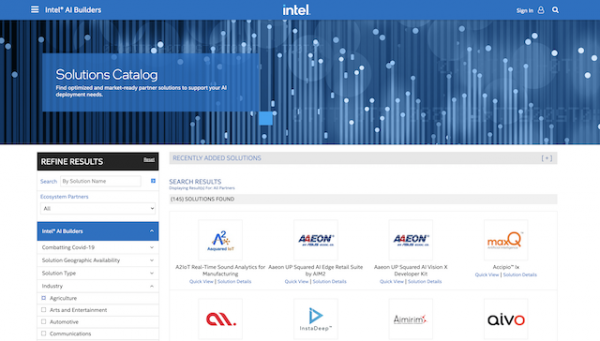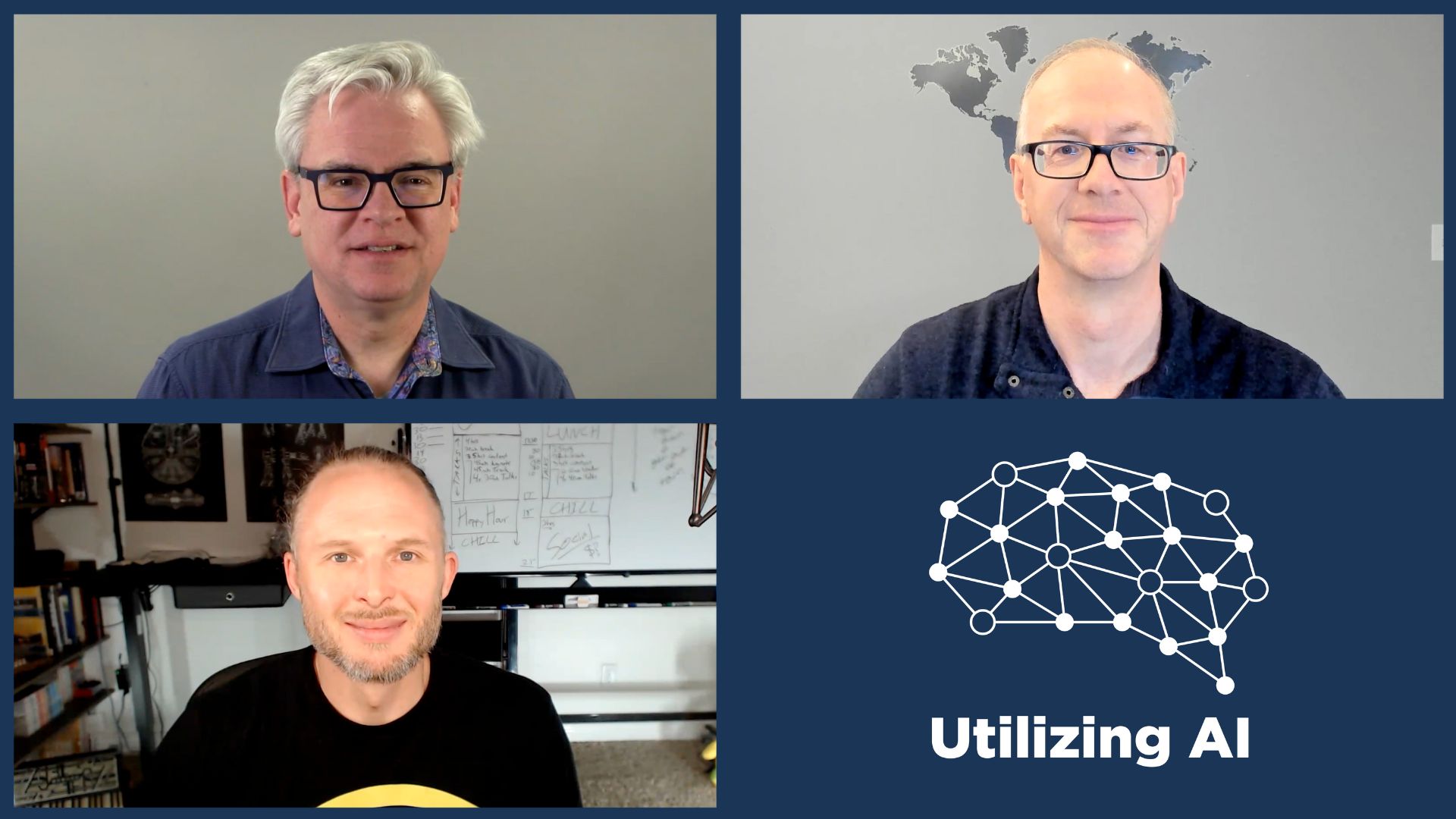You know AI is the answer to some of your key challenges, but how do you find solutions that you know will work on your infrastructure?
Spoiler alert! Before I dive in, I’m going to go ahead and give you the tl;dr answer right up front: https://builders.intel.com/ai/solutionscatalog. If you’re in less of a hurry, I invite you to read on.
Many of you will recognize this post’s title as a reference to the popular phrase ‘who watches the watchers?’ That original term encapsulates the idea that political and security power structures require transparency and oversight. While that remains true, here I’ve re-imagined the phrase to instead refer to another all too common issue; bootstrapping (or just ‘booting‘). Often referred to as ‘chicken or egg’ problems, challenges with bootstrapping come down to creating self-starting systems.
As an example, the first automobiles were not self-starting. The driver had to plug a lever onto the crankshaft and physically turn the engine over to get it to start – cue hilarious film clip of this going terribly wrong. Without that manual third-party intervention, there was no way the car would ever start. Later cars have a starter motor included in their design, which allows them to self-start at the touch of a button (or turn of a key more accurately).
Of course, not all systems are mechanical like cars. There are all kinds of systems out there. Software systems get talked about a lot lately. But let’s not forget the more fundamental systems like supply chains and markets. Let’s specifically think about new markets for emerging technologies. You’re right – these systems require bootstrapping too. How does a new technology, or even just a new methodology, make it to market? How do we get from neat ideas to useful tools?
Building the (AI) Builders
It turns out that just like internal combustion motors, markets for new technologies need a push to get going. Someone has to pull the string to get that lawnmower fired up. While this is always true, today, I want to focus even further on an emerging technology that has the power to shape every industry it touches. Yep, the parentheticals gave it away. I’m talking about artificial intelligence (AI).
Yes, AI has been spoken of and known as a concept for at least thousands of years (look up Talos). However, in many ways, AI is just now getting started. For many reasons, we’ve recently entered an era of widespread artificial intelligence adoption. Like in any new system, the creation and distribution of relevant, useful, and robust AI tools need to be bootstrapped. Right now.
That, of course, begs the question: Who will build the builders?
Who can we rely on to selectively vet and partner with top AI builders (e.g., ISVs, SIs, & OEMs)? Who can help them understand their end-customer needs, co-create full architectural plans and performance requirements, and ultimately get their AI solutions to market through technical enablement?
Who indeed…?
Intel AI Builders
As anyone who read the link above already guessed, the answer is Intel. Anyone who read my previous post about Intel’s Analytics Zoo has some hints as to why. While that post focused on Intel’s surprising amount of open source software development, I also mentioned that along with hardware and software, the third focus of its analytics and AI strategy is ecosystem. That means that Intel is committed to developing not just hardware and software but also the community around AI.

The Intel AI Builders partner program is one of the most visible and accessible methods to show this support. It is an invite-only program currently home to over 350 mature, well-funded, and thoroughly vetted partners. These are the builders. The independent software vendors (ISVs), the system integrators (SIs), and the original equipment manufacturers (OEMs) are out to solve real-world business challenges for their clients with robust AI solutions. As part of this program, they can do it hand in glove with Intel. That assures that their solutions are not only well made but that they will work on Intel’s highly versatile and widely adopted hardware.
The program is relatively straightforward. First, an AI Builder member (an organization that provides AI software solutions to enterprises) is accepted as an Intel partner. Next, Intel helps that partner develop their AI solution. This can include tools software found on the Builders Construction Zone (an AI dev cloud), technical enablement resources access to DevCloud, and whatever help is needed along the way. Finally, the partner sells that solution to end-users worldwide, who are confident in its quality and compatibility.
Conclusion
Intel AI Builders is already bearing fruit. As you saw if you clicked on the spoiler link above, there are 145 optimized AI solutions on Intel architecture in the public catalog (over 200 total), and that number continues to grow.
To sort through all that AI goodness, look at the left hand ‘refine-results’ column. There you can filter and sort by industry, geographic availability, AI use case, and much more. This seems like a logical first stop for any organization looking to find off the shelf AI solutions to their most pressing challenges.
If, on the other hand, you are a builder yourself, I’m happy to report that the AI Builders program is free to qualifying partners. It is, however, invite-only. But if you want to get started while you wait for that invitation, maybe take a look at the Intel AI Developer Program.





